Caution
High Hazard
Extreme
Active/Upcoming Event
Sandy Beach Park
Water Temperature
...
Wave Height
...
Wind
...
Sandy Beach Park is located on Oahu's southeastern shore. With its pounding waves and powerful shorebreak, it is popular among experienced bodyboarders and bodysurfers. This beach is known as one of the most dangerous beaches in Hawaii, and people call it "the beach of broken necks" or "Broke Neck Beach" for a reason. It is sad that numerous people have become paralized after enjoying the waves at Sandy's. Others have drowned.
On most days of the year, you will see red warning flags and signs posted on the beach that warn people about the dangers (which are: strong currents, dangerous shorebreak, high surf and sharp coral). Even if the ocean looks calm, which is rare here as there are waves on almost every day of the year, be aware that there could be dangerous currents.
Many people come to Sandy Beach Park to just watch the waves, take photos and relax on the beach. There is no shade on the beach though. The beach park has a large grassy area with picnic tables, restrooms and showers.
amenities

Metered Parking

Picnic

Restrooms

Showers
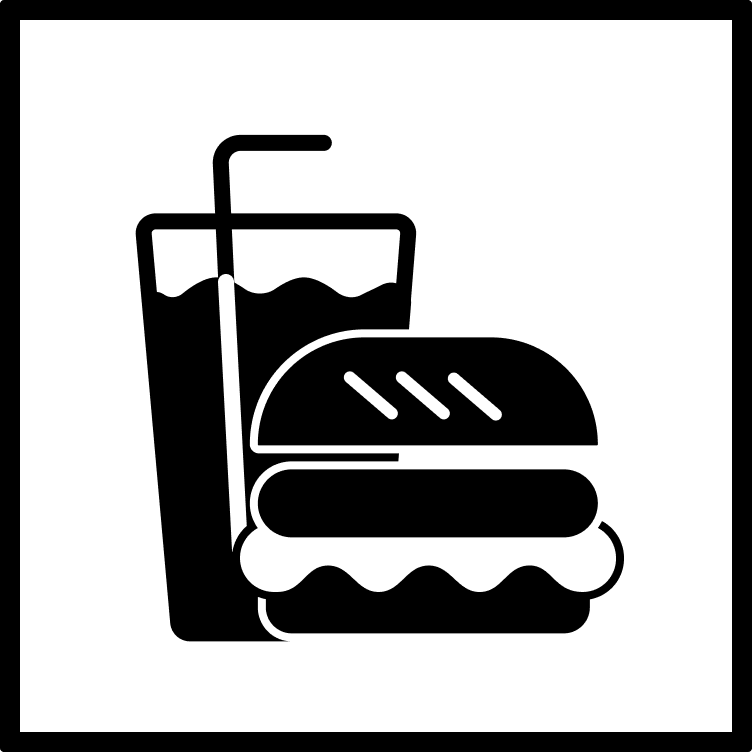
Snack Shack
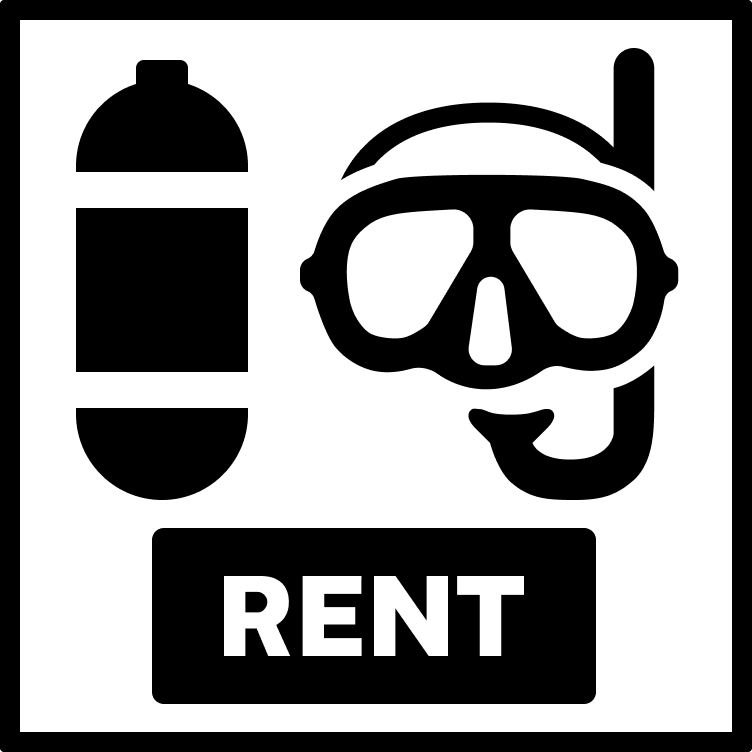
Gear Rental

Accessibility Mat
activities

Fishing

Snorkeling

Soccer

Surfing

Swimming

Volleyball
prohibitions

No Alcohol

No Camping

No Cliff Jumping

No Dogs

No Fire Pits

No Smoking
hazards
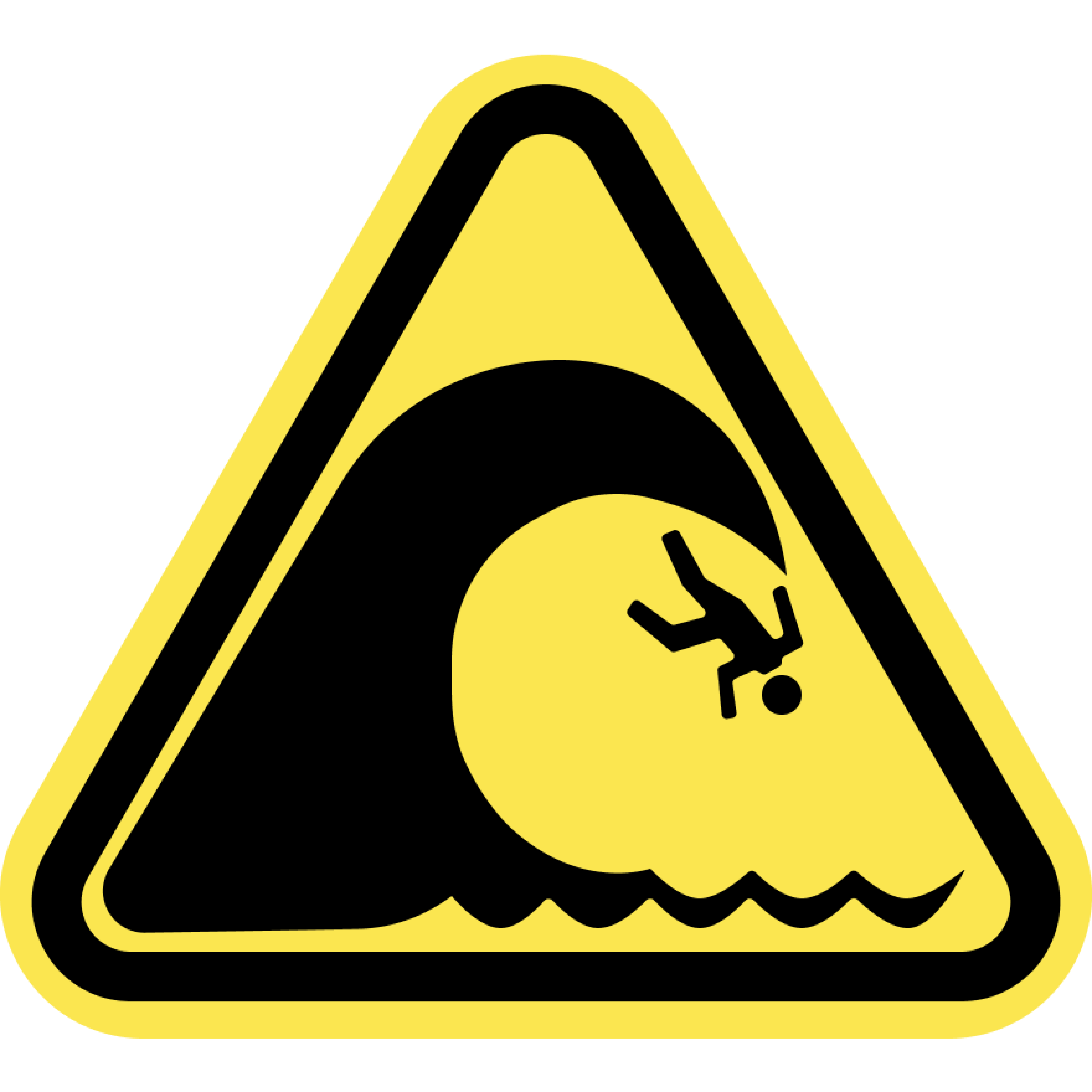
Heavy Shore Break
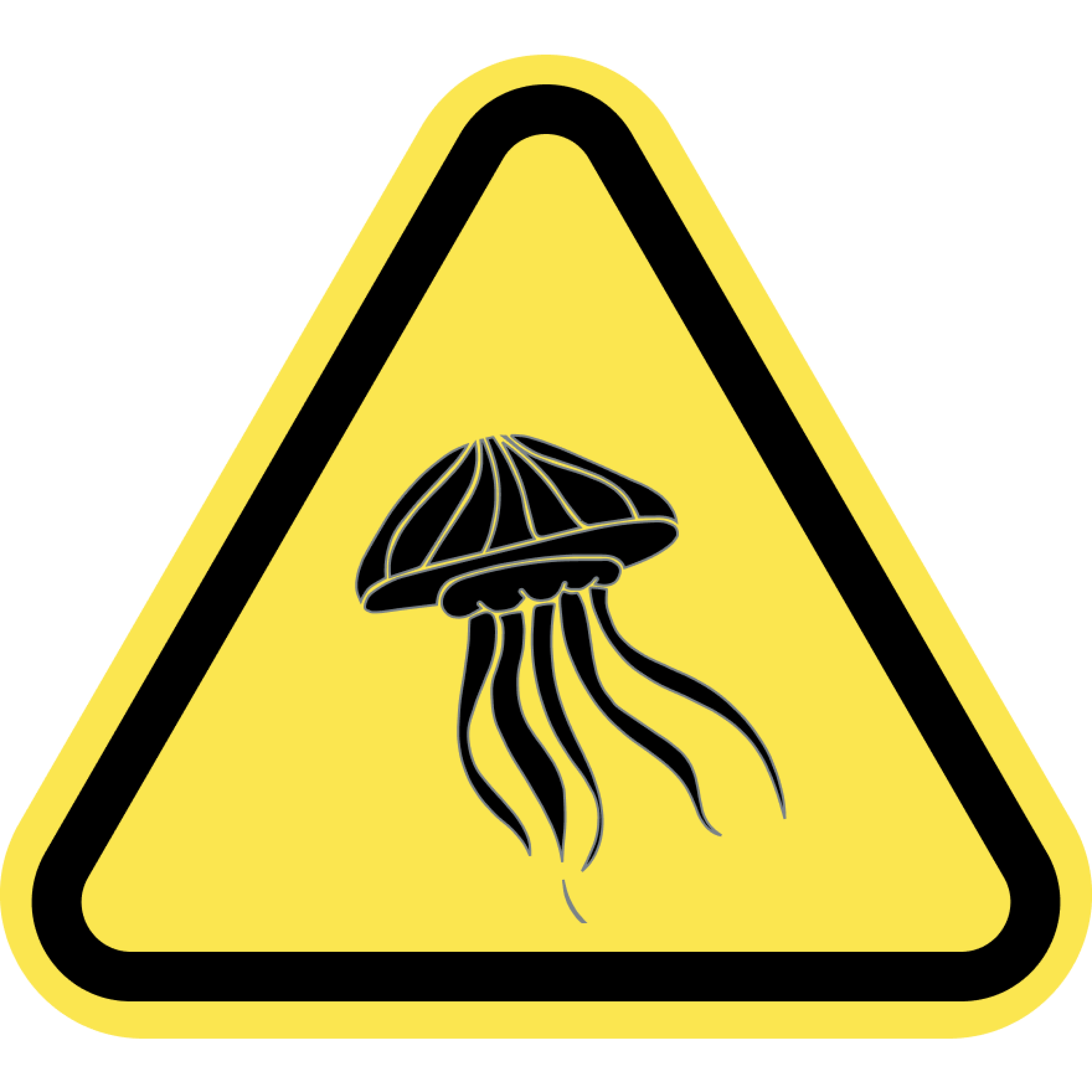
Jellyfish
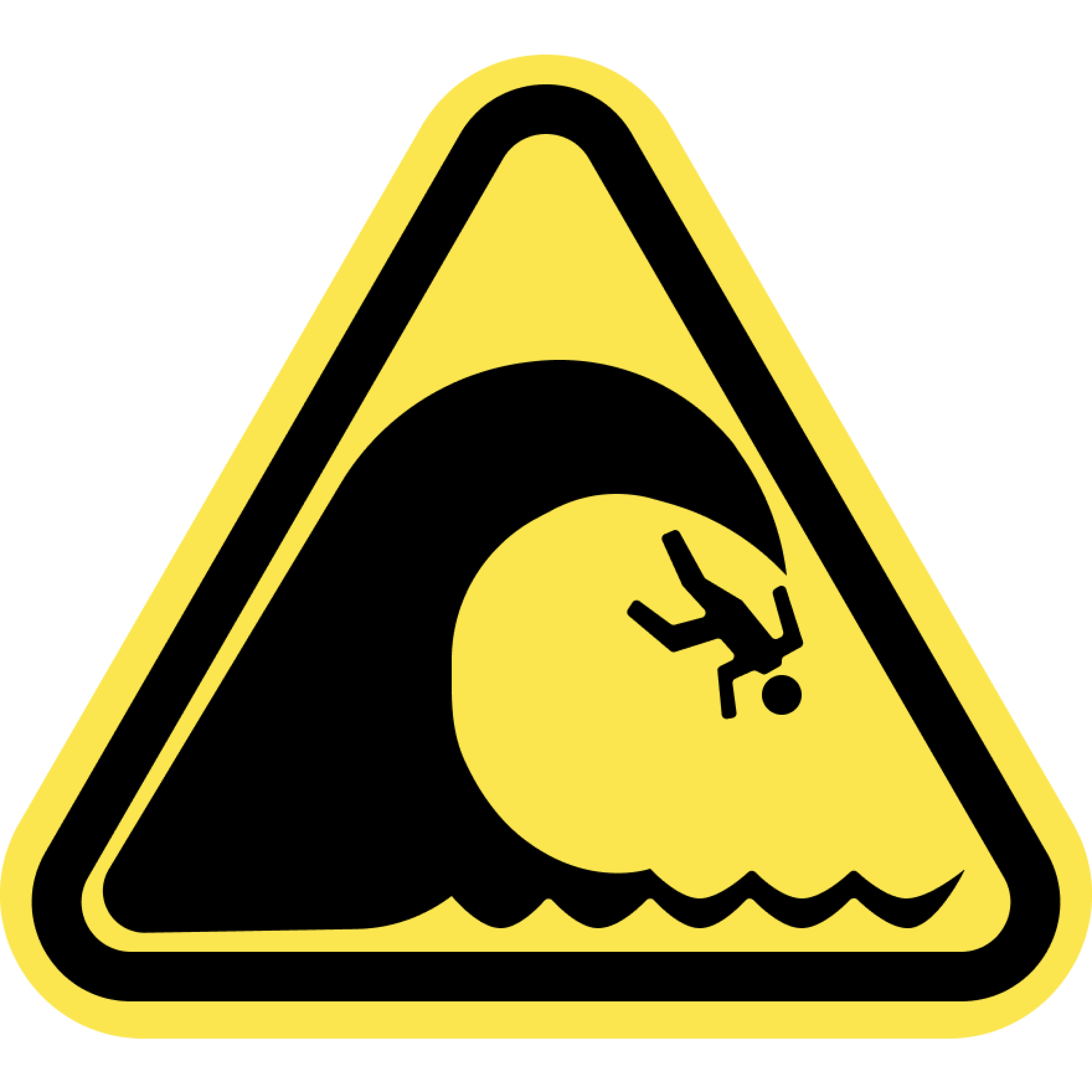
Large Waves
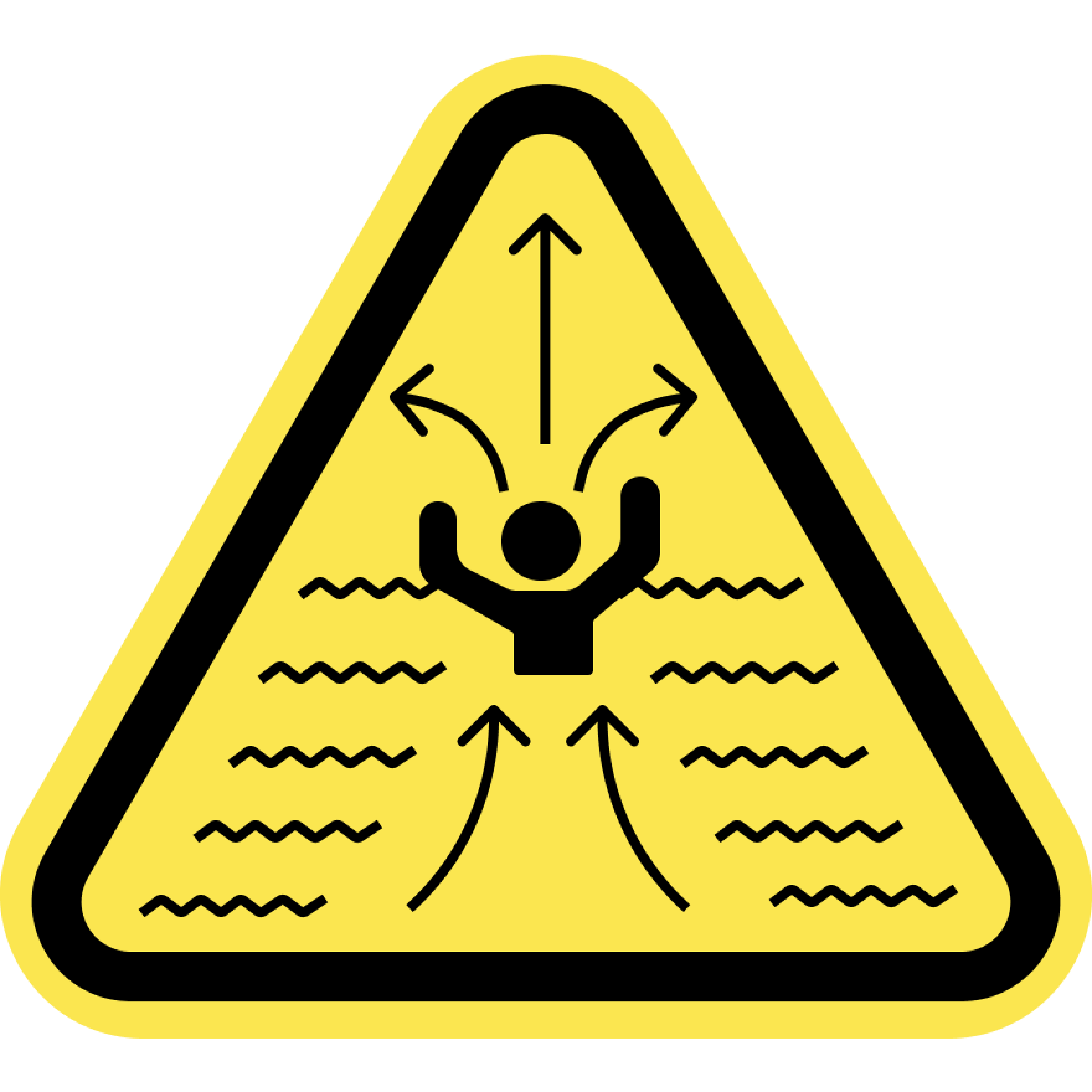
Rip Currents
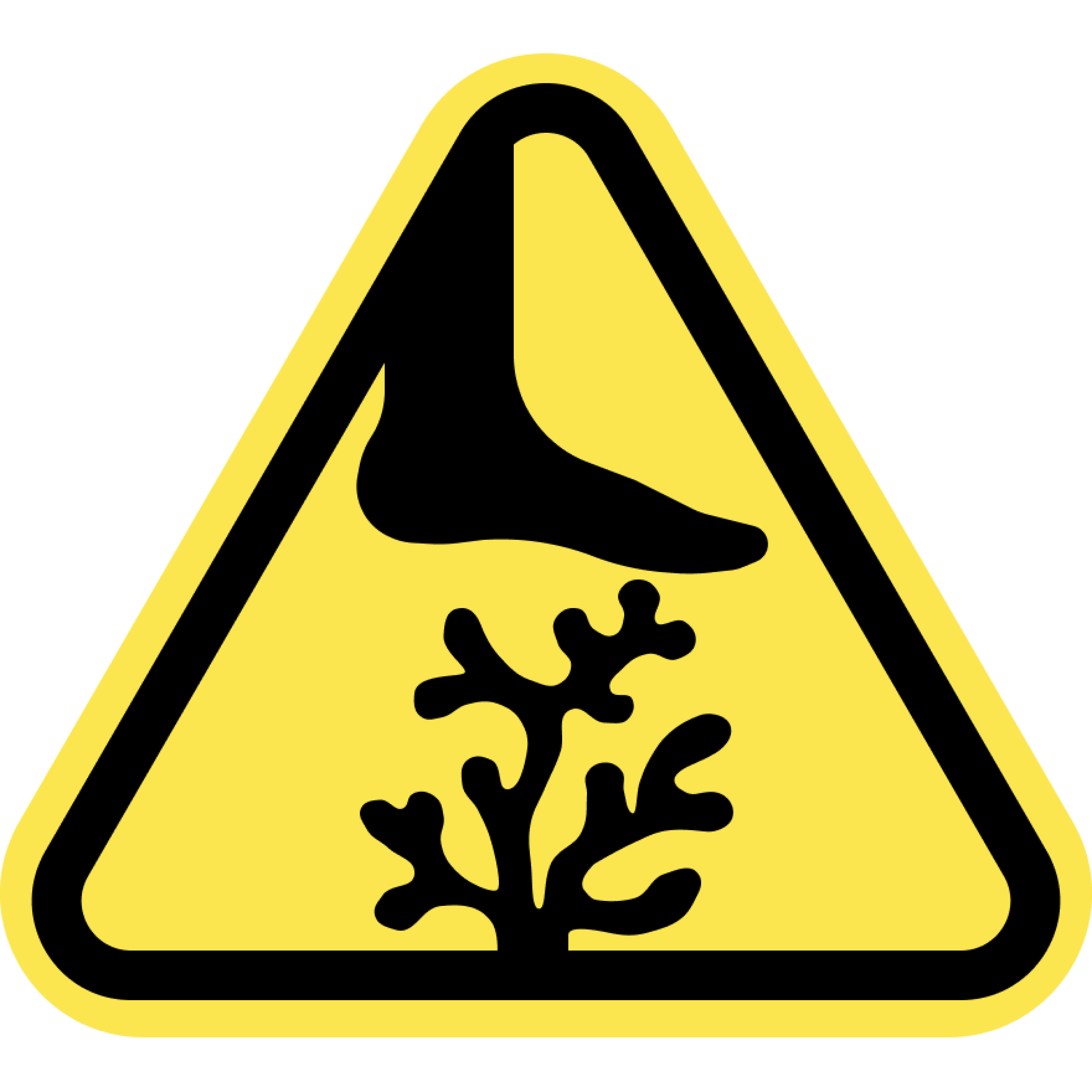
Sharp Coral
Swim at your Own Risk
Beaches and oceans are dynamic natural environments. Crowd conditions, currents, waves, wild animals, and other water and beach conditions can rapidly change. The risks and conditions shown on this site are informational only and not always real-time. Actual conditions may differ. Lifeguards are not always on duty or available. Always remain aware of your surroundings and exercise due care for your own safety and the safety of others around you.
Always check for water warnings or check with a lifeguard before you swim.



